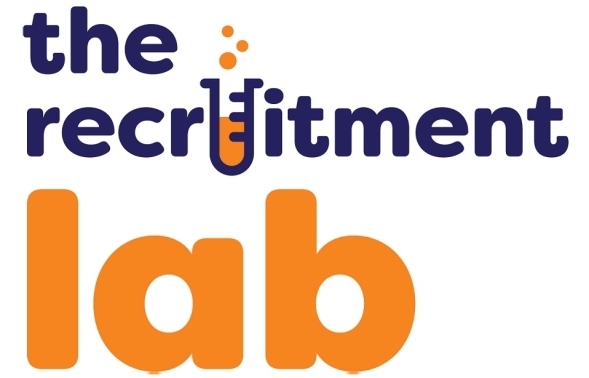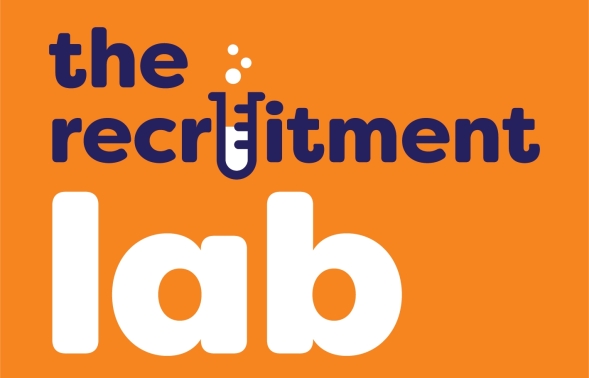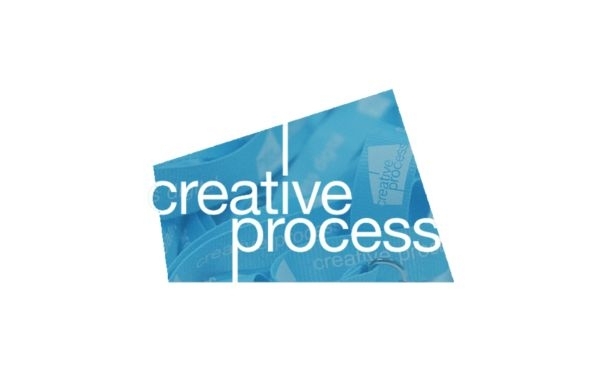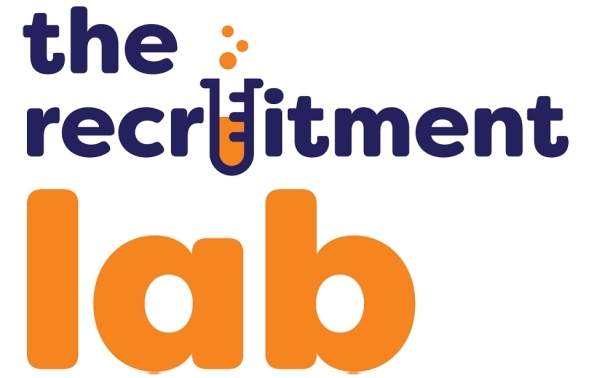Retained Recruitment
Retained recruitment isn’t just for CEOs and high-flying executives anymore — it’s quietly transforming hiring strategies in industries you wouldn’t expect. Traditionally, Retained Recruitment was used to hire top executives and senior talent. Finding those candidates would be a lengthy process that needed the correct resources.
Things though have changed. Retained Recruitment is being successfully rolled-out in a number of different industry sectors and across varying seniority levels. It’s growing popularity proves that it delivers and is more cost-effective in certain scenarios. Let’s dive in and explore where it could work.
Traditional Retained Recruitment
Most organisations rely on a model of “Contingency Recruitment”. A client has a job vacancy. The Client calls the recruitment agency with a brief. The recruitment agency sources the candidate. The successful candidate starts the role and the recruitment agency invoices for the full fee. Job done – Contingency Recruitment.
However, that model is not always commercially viable (for both client and recruitment agency) – especially when dealing with multiple hires over a prolonged period of time.
In a traditional Retained Recruitment model one might be recruiting high-end executives for global multinationals. These recruitment drives take 9-12 months as the very best candidates are sought. Those candidates can be pushed through a lengthy 3 -5 stage interview process. Rather than paying a fee once the project is completed, there is a structured payment plan throughout. That could mean a part payment at the start and during the process.
There are upsides to this arrangement and it is these positives that have driven organisations to modify the model for today’s recruitment market.
Case Study
Let’s examine how a retained recruitment agreement can reduce hiring costs and improve candidate quality in a high-volume recruitment project…
John is the HR Manager of a busy call centre that employs over 150 staff. Looking at the year ahead John anticipates he will need to engage a high-volume recruitment model as he could need 40-50 new staff. He has new teams to build, attrition to contend with. He currently uses a recruitment agency that charges 1k per person successfully placed. John has used the recruitment agency on a contingency recruitment model until now.
John could employ an internal recruitment manager to the team. That could cost around £35k a year, plus the resources to support them. Alternatively, John can set out a Retained Recruitment model….
For a fixed fee of 2.5k per month for 12 months the recruitment agency will place 3 candidates a month. Additional candidates (if required and sourced) are billed at £700 per person.
The Advantages
Firstly, John will meet his recruitment goals more cost-effectively while improving candidate quality and retention. The Retained Recruitment model will be less expensive than an internal recruiter that comes with employer National Insurance contributions, holidays, resource requirements and someone to manage them.
The recruitment agency has security. Knowing that there are monthly targets in place – every month for the year ahead – the recruitment agency can correctly resource the project. They might have a consultant dedicated to the project. That means client and recruitment agency work closer together, dare I say…”in partnership”. That usually means better recruitment results, lower attrition, and a smoother onboarding process.
One thing worth noting – rebates still apply in Retained Recruitment. Whatever the arrangement, a client should expect some kind of protection if things don’t workout with a given new starter. If a recruitment agency is sending ‘X’ number of candidates every month and they keep leaving after 48 hours…well no one should pay for that service. Of course, it goes both ways…if you have a high attrition rate a recruitment agency could be right to call it out and suggest recruitment is pointless when other issues are at play.
Retained Recruitment Vs. Contingency Recruitment
Each has their place. I am not going to suggest one model is better than another. It simply comes down to the business requirements. I have seen evidence that Retained Recruitment is more successful. I have also seen financial benefits (for both sides) when you look at the full recruitment costs. However…if you are only looking to hire a couple of candidates every year and you are unsure of the specifics….Contingency Recruitment will work fine. Let’s be frank, it is a tried and tested model that doesn’t require much thought!
In Conclusion
Retained Recruitment has become more common place and is no longer an ‘exclusive’ model. Regardless of recruitment needs or seniority level, the numbers can be manoeuvred such that it creates a win-win for all parties. This is not to say Retained Recruitment is overly superior to Contingency Recruitment….simply put, it depends which model is in-tune with your business goals.
If you’re hiring regularly or at scale, you maybe owe it to your bottom line to run the numbers on a retained model — the savings and quality might surprise you.
About the Author
Simon Royston is the founder and Managing Director of The Recruitment Lab (A recruitment agency with offices in Aldershot and Brighton that offers employment services across Berkshire, Hampshire, Surrey, Sussex and beyond). Simon lives in Guildford and has worked in Recruitment for over a decade. He has a degree and a master’s in psychology as well as a diploma in Human Resource Management. If you would like to know more about anything written in this blog or would simply like to express your own thoughts and opinions do not hesitate to contact Simon through The Recruitment Lab website.





















